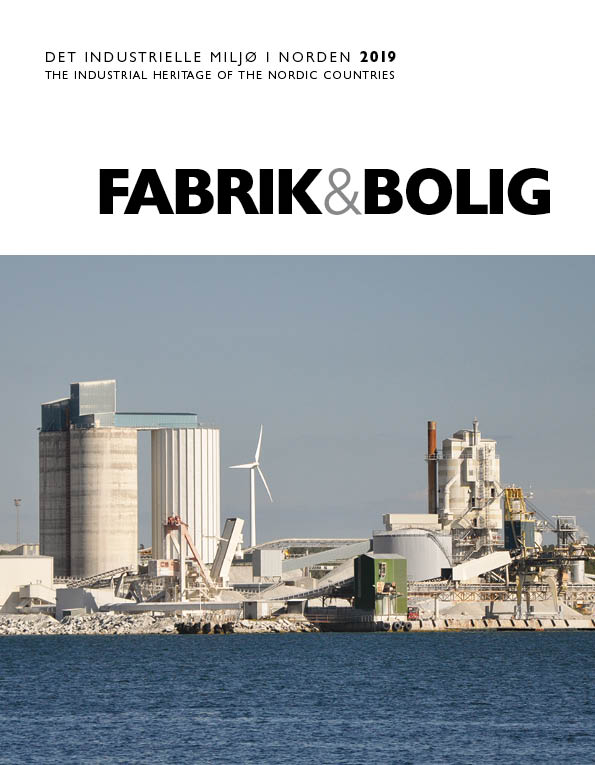Mesterværkerne, eliten og dem, der var flest af
Resumé
Masterpieces, the elite, and the majority
Perceptions of value and blind spots in the listing of Danish welfare housing
This article examines how the listing of buildings creates an authorized history of postwar welfare society. Listing has a significant impact on the physical environment, and in Denmark its legal purpose is to “safeguard old buildings” that reflect “essential features of societal development […], including housing conditions” of (and for) the population. Yet, the perspectives from which this history is constructed, and the underlying ideas about architecture on which it relies, are only sketchily outlined, let alone openly discussed. This article addresses values in listing, and dis-cusses them in relation to two significant postwar intellectual shifts: 1) the democratization of history, whereby scholars turned their attention to marginalized societal groups such as women, children, and the poor, critiquing previous historiography written from the perspective of the elite; 2) new ways of conceptualizing architectural value that stress relationships, dynamics, and user perspectives, alongside the normative idea of architectural “masterpieces” and the preoccupation with canonical architects. What ideas about history and architecture underly decisions about listing, specifically the listing of postwar welfare housing in Denmark?
A starting point for the article is that housing development has been an essential feature of the Danish welfare state since 1945, in terms not only of its quantity and extent, but also of its cultural, political, and social-historical significance. We show that the most widespread housing types in Denmark – standardized single-family housing, and large-scale social housing estates – were de-signed as part of a large-scale welfare landscape, and were closely tied both to national politics and to cultural, demographic, ideological, and financial developments in the welfare society. Yet, while the majority of Denmark’s population today lives in homes built after 1945, housing from this period has largely escaped listing. While there are approximately 9,000 listed buil-dings in Denmark, only 27 of them are dwellings erected after 1945. These 27 dwellings are canonical villas designed by famous male architects, located in the region north of Copenhagen where the country’s best-educated people live. Although the listing of premodern housing has gradually become more inclusive over the years (including poorhouses, etc.), the legacy of the Danish welfare state — in which equality was a core value — is paradoxically represented in listings that focus on the elite and the solitary architectural masterpiece. This discrepancy between the stated purpose of the Act on Listed Buildings — i.e. to represent “significant societal developments,” including living conditions—and the canonical and elite perspectives applied to the listing of post-1945-housing suggests that either the formulation of the law or the practice around it needs to be altered.
We conclude by urging a discussion of the political implications of listing. Further, we ask what listing would be like if one were to apply a more inclusive understanding of history, and a more relational concept of architectural value. Is listing possible outside of the canonical, masterpiece-oriented architectural paradigm, which has revealed its own blind spots in relation to welfare state housing?
We call for a societal discussion about the purpose of listing and its role in society, if indeed it is still relevant at all. Observing the rise of activism in recent years, whereby new groups of citizens and young people have engaged in protests about listing and nature conservation in Denmark, we argue that current debates about listing and conservation are about much more than the representation of history and the canon. Rather, these new groups are attempting to mobilize listing as a resistance to short-term planning, in order to work against gentrification and the exploitation of shared resources and ecosystems in the city. In conclusion, we call for a societal discussion as to whether listing in the future should explicitly address aims such as securing rights to the city, and ecological and social sustainability.
Downloads
Publiceret
Nummer
Sektion
Licens
Copyright (c) 2021 Selskabet til bevaring af industrimiljøer og forfatterne

Dette værk er under følgende licens Creative Commons Navngivelse – Ikke-kommerciel – Ingen Bearbejdede Værker (by-nc-nd).
Copyright Selskabet til bevaring af industrimiljøer og forfatterne.

